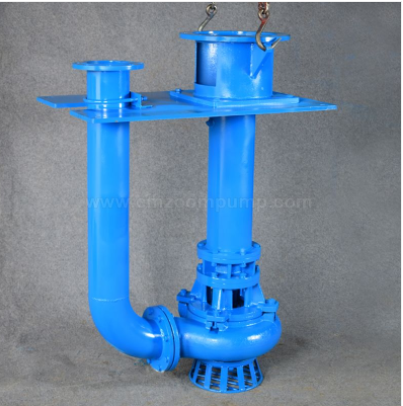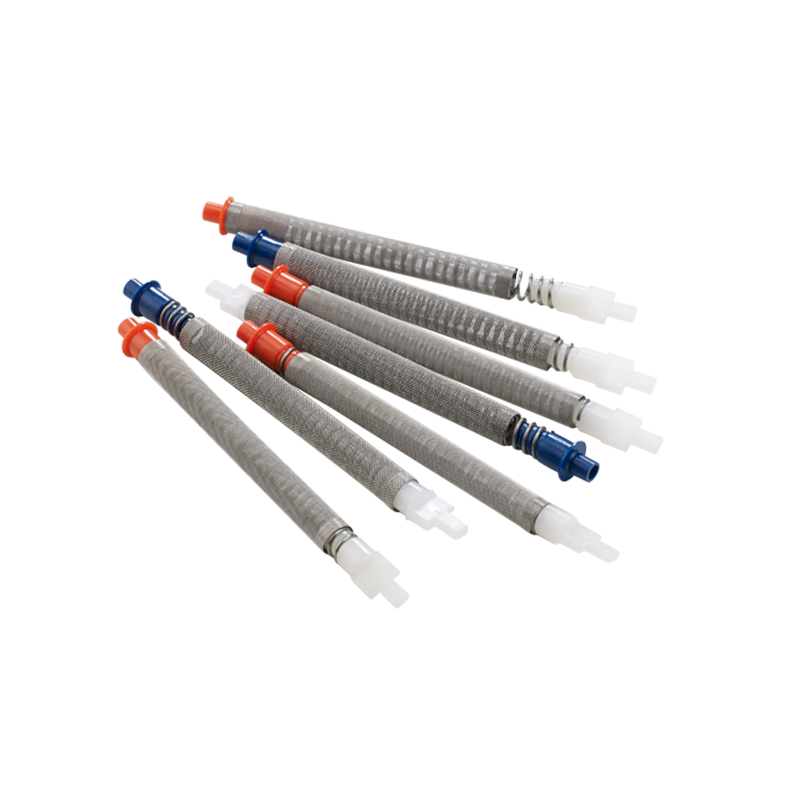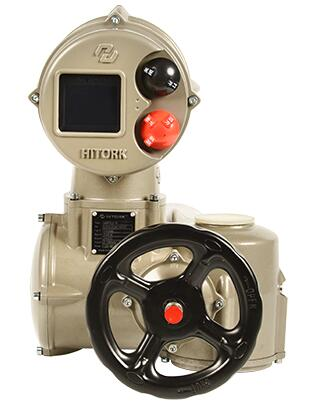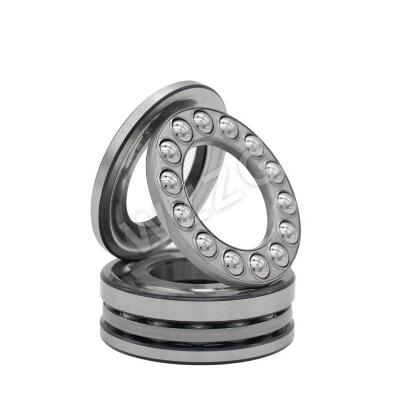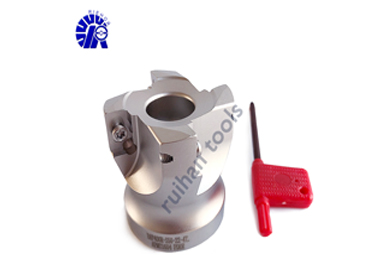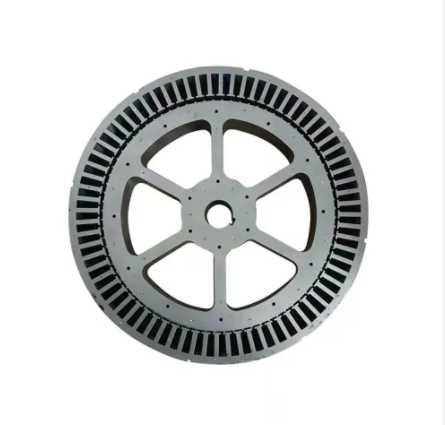Rising stem or non-rising stem gate valves
A gate valve is the most common valve for water supply systems. It represents a linear-motion isolation valve and has a function to stop or allow the flow. Gate valves got their name from the closure element sliding into the flow stream to provide shutoff and, therefore, acting like a gate. Gate valves are used to isolate specific areas of the water supply network during maintenance, repair works, new installations, as well as to reroute water flow throughout the pipeline.What is a gate valve?

A gate valve has a simple design and can be applied in many low pressure-drop services, which makes it one of the most common valves in use today. Gate valves are designed as full-port valves. This means that the valve port is of the same size as the inner diameter of the connecting pipe. Full-bore gate valve passes the fluid flow without any obstructions to a flow and do not cause a pressure drop in a pipeline. This also allows to clean the pipe using a cleaning pig. A resilient seated gate valve with a non-rising spindle consists of the following parts: wedge ductile iron valve body seating area stem (spindle) spindle bearing bonnet packing. The body is the largest element of the gate valve. Since the spindle remains in the valve body during rotation, it allows an economical bonnet construction. The valve bonnet itself is joined to the body with bolts, which allows cleaning and maintenance. As the gate valve closes, the wedge travels down until it presses the valve seat, which would mean a complete shutoff. During the opening the wedge slides towards the upper part of the valve body.Design & parts of a gate valve
What is the difference between a slurry pump and a water pump?
Enhancing Oilfield Safety with Sucker Rod Blowout Preventers (BOPs) for High-Pressure Environments
Advantages of Triplex Mud Pumps
The Benefits of Investment Casting
How precise is investment casting?
How Do I Choose the Right Oil Seal Kit?
Mechanical Parts & Fabrication Services
Types of gate valves
Based on construction, gate valves for water supply systems can generally be divided into the following types:
By wedge: parallel gate valves and wedge gate valves
By seat: metal seat or resilient seated gate valves
By stem: with rising or non-rising stem.
Rising stem or non-rising stem gate valves
The difference of rising to non-rising stems is that they may be either fixed (rising stem) or threaded (non-rising stem) to the gate. In rising stem gate valves, the rotating stem rises as the valve is opened. Some clear disadvantages of the rising-stem valves are:
1.due to a bulky design they require a greater amount of space when opened as the spindle travels upwards;
2.they are not suitable for underground or buried installations.
How does a non-rising stem gate valve work?
In these types of gate valves, the threads on the stem remain inside the valve body. The valve gate travels up and down the stem threads once the valve stem is rotated. Non-rising stem gate valves have an advantage in installations where space is limited, for example, in pumping stations. All Hawle gate valves have a non-rising stem and are therefore suitable for buried service.
Additional resources:Differences between Cast Steel and Forged Steel Valves
What are miniature bearings used for?
Benefits of Electric Diaphragm Pumps
Which is better CV joints or universal joints?
Where is tyre coupling used?
How to Achieve Gear Coupling Reliability
How Reliable Are Caterpillar Diesel Engines?






